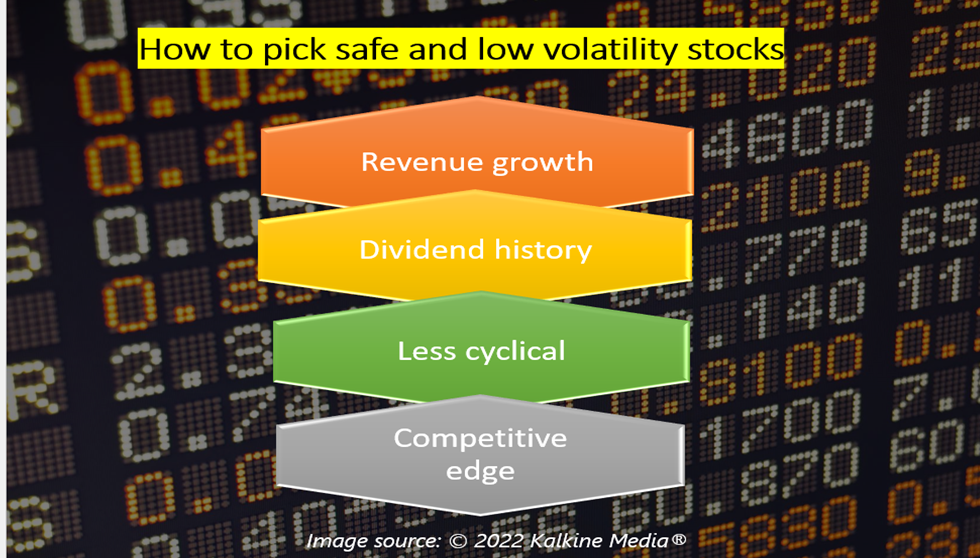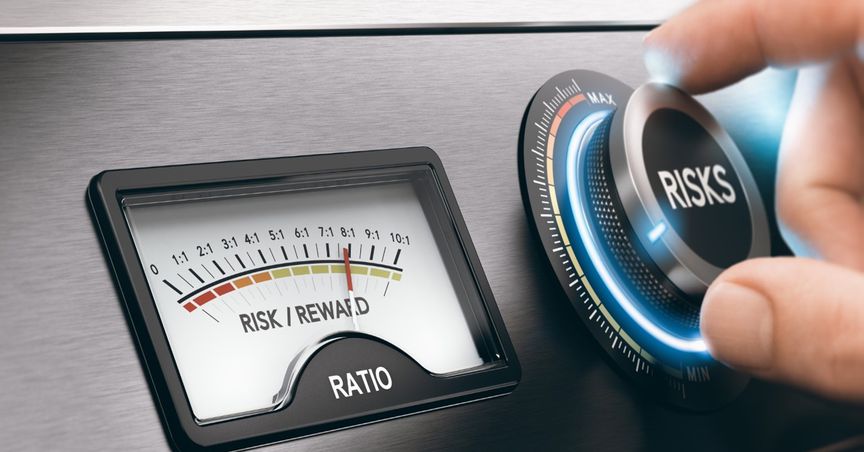Highlights
- There are some stocks in every market that are known to be steadier than others.
- Stocks that are considered ‘safe and less volatile’ can provide relatively stable returns.
- They can more durable than others through different market cycles.
Stock investments are almost always subject to volatility risk and there is no guarantee regarding loss or returns. This applies to all types of stocks regardless of how profitable the business might seem unless or how sturdy their stocks are at a given moment. So, it is not possible to christen any particular stock as permanently safe and low volatile.
However, there are some players in every market that are known to be steadier than others in regard to how much they are impacted in a bearish environment. These stocks can be explored thoroughly if you are looking to safeguard your portfolio against risks and unfavorable market conditions like rising inflation and interest rates.
What does ‘safe and low volatility’ mean in terms of stocks?
Stocks that are commonly considered safe and less volatile are known for providing relatively stable returns over a given period of time. Stable returns generally imply returns that are neither too high nor too low, but mostly regular.
As no stock is immune to market fluctuations, such shares can also take a hit at some point. However, these companies are known to be more reliable and durable than others through different market cycles and volatility.
So, now that you have a basic idea about what could qualify as safe and less volatile stocks, let us understand how to pick them.
Also read: 8 reasons why you can save your retirement income in TFSA
How to pick safe and low volatility stocks?
Revenue growth
Steadily growing revenue can set the foundation for a stable business. A company with stable revenue growth can withstand economic downturns and bearish trends compared to those with uneven revenue or growth.
Dividend history
Safe and low volatility stocks generally pay consistent dividends. Examining historical dividend payments, especially during the market difficulties like the COVID outbreak, can signal if any stock is safe or less volatile than others.

Less cyclical
‘Safe and low volatility stocks’ are generally more resilient in the face of a crisis or, one can say, at least less impacted. For instance, financial and utility stocks are less affected during the recession than consumer discretionary stocks, which can significantly get affected (as consumers have a limited income at their disposal).
Competitive edge
Such stocks can also be known for their competitive edge over similar stocks. Brand identity, cost-effectiveness, operational efficiency etc., can provide these entities with a competitive advantage which, in turn, can make them reliable investment options for the long term.
Also read: How to handle a bearish phase in the market?
Why should you invest in safe and low volatility stocks?
Such stocks can be ideal for investors looking to take less risk. Stocks that are commonly considered safe and less volatile may not always offer high returns or massive operational growth prospects, but they can help you avoid significant losses.
But, as mentioned above, even these stocks can have a bad day from time to time – that’s something investors should bear in mind.
Please note, the above content constitutes a very preliminary observation or view based on digital trends and is of limited scope without any in-depth fundamental valuation or technical analysis. Any interest in stocks or sectors should be thoroughly evaluated taking into consideration the associated risks.



